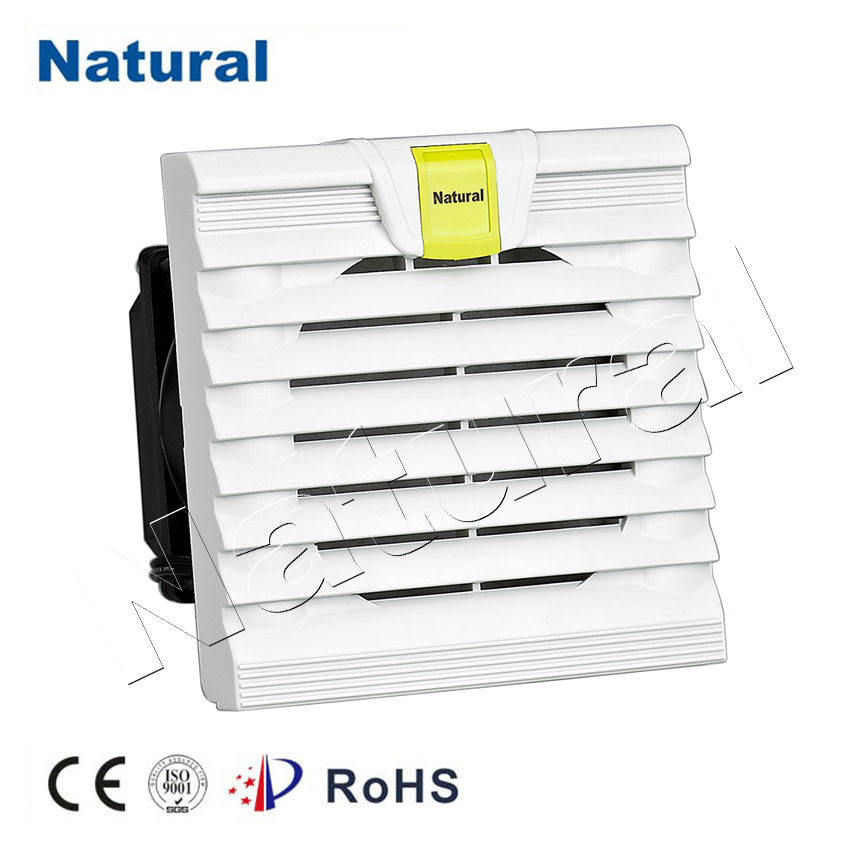In our modern world, concerns about air quality have become increasingly prevalent. From industrial pollutants to household allergens, the need to combat airborne impurities is more important than ever. One solution that has gained recognition for its effectiveness is the cabinet filter. In this article, we will delve into the world of cabinet filters, exploring their functionality, types, benefits, and how they contribute to healthier indoor environments.

Understanding Cabinet Filters A cabinet filter, often found in heating, ventilation, and air conditioning (HVAC) systems, is a crucial component responsible for filtering out particulate matter and contaminants from the air. It plays a pivotal role in improving indoor air quality, making it safer and more comfortable for occupants. Cabinet filters are typically composed of a frame, a filtering medium, and a mechanism for securing the filter within the HVAC system. Types of Cabinet Filters There are various types of cabinet filters designed to target specific contaminants: Mechanical Filters:These filters use a physical barrier, such as fiberglass or pleated paper, to trap particles as air passes through. They are effective against dust, pollen, pet dander, and other large particulates. Electrostatic Filters:Electrostatic cabinet filters use an electrostatic charge to attract and capture airborne particles. They can be more efficient in trapping smaller particles, such as smoke and fine dust. Activated Carbon Filters:These filters are known for their exceptional ability to adsorb odors, gases, and volatile organic compounds (VOCs). They are commonly used to improve indoor air quality by removing unwanted smells and pollutants. High-Efficiency Particulate Air (HEPA) Filters:HEPA filters are capable of capturing particles as small as 0.3 microns with an efficiency of 99.97%. They are particularly effective in removing allergens, bacteria, and viruses from the air. Benefits of Cabinet Filters Improved Air Quality:The primary benefit of cabinet filters is the enhancement of indoor air quality. They remove allergens, pollutants, and irritants, which can lead to a healthier living environment. Health Benefits:Cleaner air can reduce the risk of respiratory problems and allergies, making it especially beneficial for individuals with asthma or other respiratory conditions. Energy Efficiency:Cabinet filters can also contribute to the energy efficiency of HVAC systems by ensuring that airflows smoothly. This can lead to lower energy consumption and reduced utility bills. Extended Equipment Lifespan:Regular use of cabinet filters can protect HVAC equipment from dust and debris, extending their lifespan and reducing maintenance costs. Odor Control:Activated carbon cabinet filters are excellent for eliminating unpleasant odors, such as cooking smells or pet odors. Maintenance and Replacement To ensure cabinet filters continue to function effectively, regular maintenance is essential. Cleaning or replacing filters on a schedule recommended by the manufacturer will help maintain optimal air quality and system efficiency. Neglecting filter maintenance can result in reduced performance and increased energy consumption. Conclusion Cabinet filters are indispensable in the quest for better indoor air quality. By trapping and removing contaminants, they create a healthier living environment and offer numerous benefits, including improved health, energy efficiency, and equipment longevity. Whether it’s mechanical, electrostatic, activated carbon, or HEPA filters, choosing the right cabinet filter for your HVAC system can significantly enhance your overall quality of life. Remember, clean air is not just a luxury; it’s a necessity for a healthy and comfortable life.